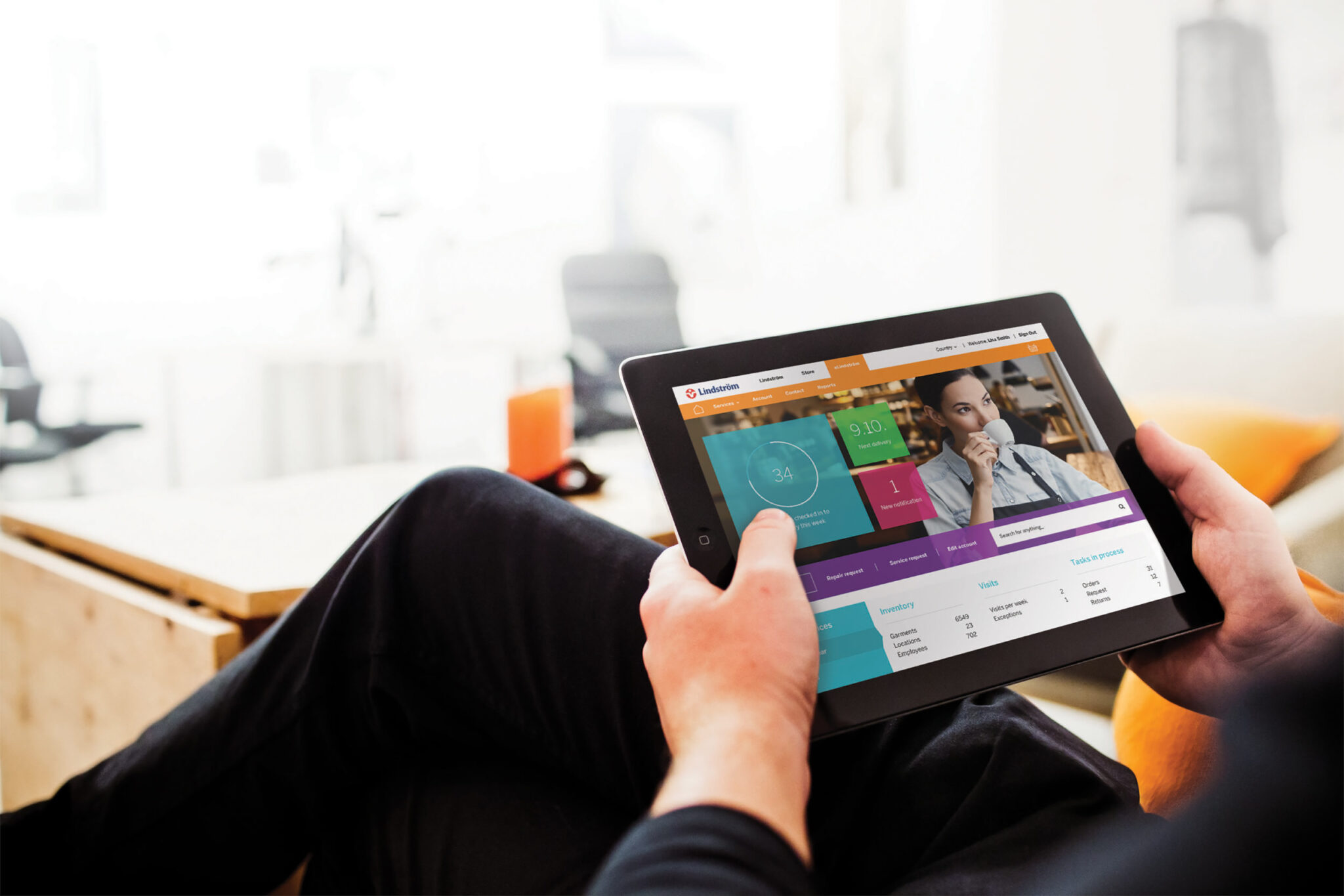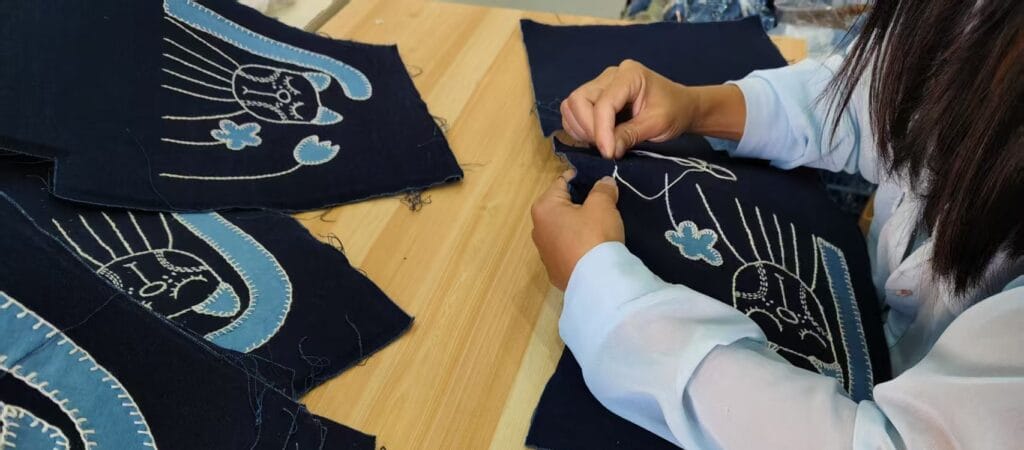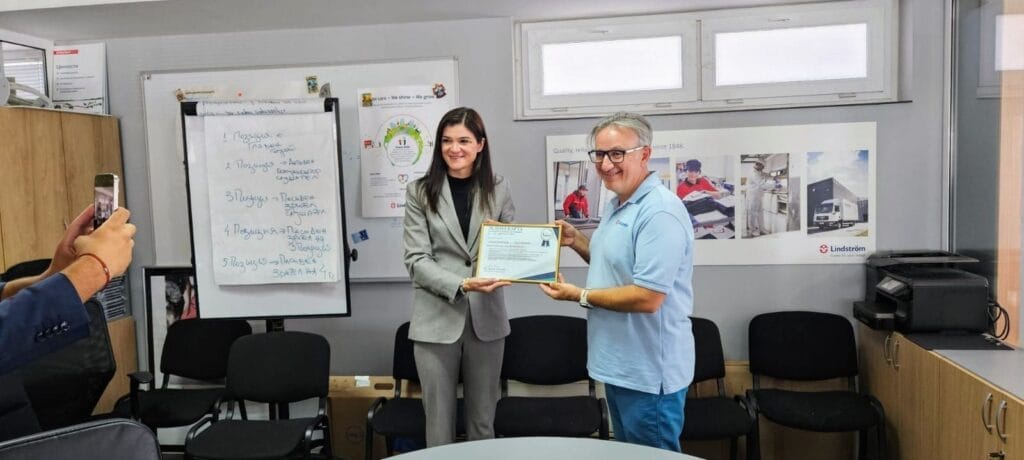
Service digitalisation improves efficiency
In the summer 2022, our “workwear goes digital” project team had a reason to celebrate. They had concluded the long transformation journey, which meant that both us and our customers could benefit from increased transparency and efficiency of our service. In practice, it meant more than 12 million garments got an RFID tag, which is scanned at different points in the process. It enables tracking and monitoring of how the workwear is used and handled.
“Previously, we did not have a full visibility of the garments in our service cycle, which meant more manual work to locate the missing garments. Now we can easily track whether the garments are in use, in delivery, in the laundry or being repaired,” explains Demet Caglayan, Service Owner of Lindström’s workwear service.
One of the major benefits is an easy-to-use online portal where our customers can monitor the workwear usage in real time. It enables efficient garment management and optimisation of the number of garments needed. It also offers great advantages to the customers in hygiene-sensitive industries where they can track the number of washes and ensure that strict hygiene standards are followed.
Workwear Flex – awarded for its innovative approach to reduce textile overproduction
Our Workwear Flex service represents this new digitalised approach that uses intelligent technology to track garments and to ensure that there is always enough clean workwear available. The stock levels can be easily adjusted according to the seasonal or changing workwear needs.
The Workwear Flex service won the Best Innovative Project award from the European Textile Service Association in May 2022. It was acknowledged that Workwear Flex provides a good solution for textile overproduction while at the same time, increasing efficiency and workforce satisfaction from all sides. “We originally assumed that the reduction of workwear in customer inventories would be 10-15%, but the preliminary analysis has shown that the reduction could be even higher, up to 40%,” says Caglayan.
New digitally enabled solutions bring value to our customers
The available data and digital solutions will provide numerous opportunities to further develop value-added solutions. “We are already co-creating new solutions with our customers. The digitalisation enables continuous innovation and transparency. I think in the first stage of the development, we could see solutions that improve hygiene, cost-efficiency, and sustainability of our service,” shares Anna Maganova, Digital Solutions Service Owner at Lindström.
One of the vital solutions enabled by digitalisation is already in use for cleanroom services. It enables garment life cycle tracking using an RFID tag. The ability of cleanroom garments to contain particulate contamination depends on the structural integrity of the garment fabric and this property is degraded gradually with each laundry cycle. This creates the need for the process to track the number of cycles which a garment has been subjected to. Our digitalised solution provides customers with reports about garment life cycle, helping them to comply with regulatory standards.





